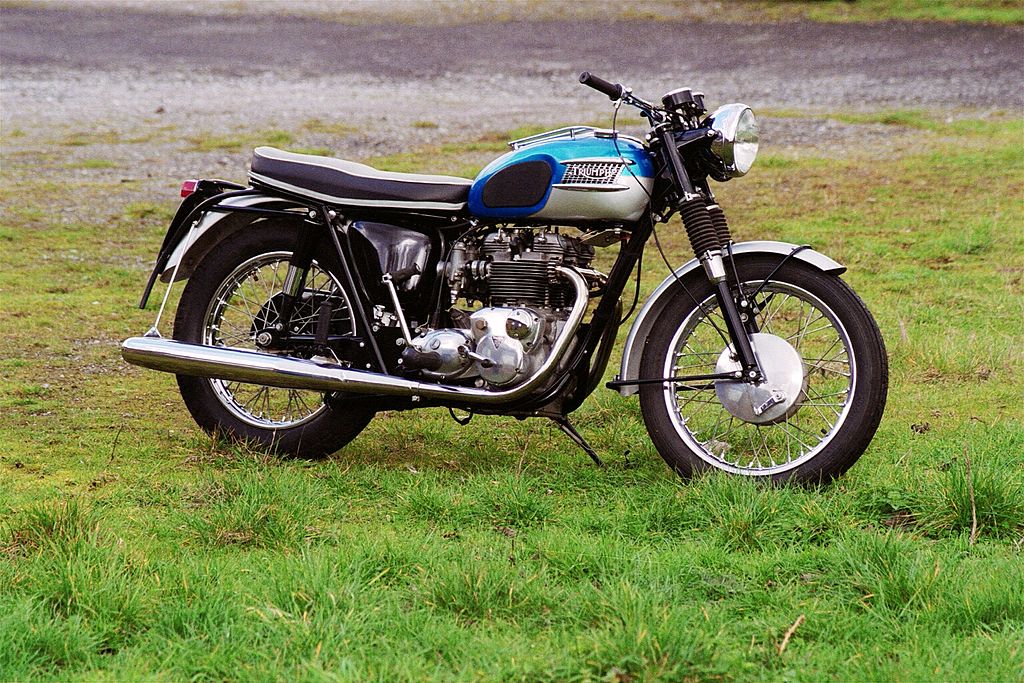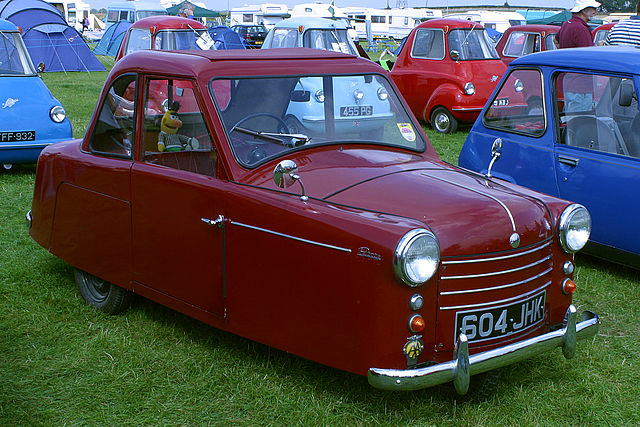Best option is to get export-destined production out of Britain; away from the unions, the high GBP, government interference, management incompetence and culture of disbursements over re-investment. In the 1970s, IIRC, Bombardier or another Canadian firm came close to buying the Meriden plant or was it Norton? I'll have to dig through my books.
I'm not certain but from what I can tell it unfortunately looks as though the Canada-United States Automotive Products Agreement excluded motorcycles. Perhaps if the agreement were to also cover motorcycles it might tempt someone, aside from selling to the Canadian market, to use it as a base try and enter the US one as well? The Canadian dollar was pegged to the US dollar from 1962 until 1970 so without the threat of currency fluctuations that could be another incentive.
To be brutally honest, I can't see a manufactuing startup in the UK in the 60s succeeding.
Depends, the Conservatives had recognised that something needed to change with
Fair a Deal to Work in 1968 and even parts of Labour with
In Place of Strife in 1969. Since Wilson was forced to withdraw his support for
In Place of Strife by a Cabinet revolt the Conservatives seem like the best bet. The 1964 general election was very close - only roughly three and a half thousand votes across nine constituencies would be needed to reverse the results, eight and half thousand votes changed across twenty marginal constituencies would give the Conservatives a majority of seventeen - and there are some minor changes that could have seen them do better so Home leads the party to victory. With the way things are going and being the party of government forcing their hand earlier they decide to pass an industrial relations act that is a mix of
A Fair Deal to Work and
In Place of Strife in say 1966 or 1967, it's pretty much guaranteed to be repealed after Labour win in 1969 but in those two or three years it allows your proposed proto-Branson to set up shop and strike a decent deal with the new workforce. They're still likely going to take a beating in the 1970s but it's the best I can think of off the top of my head.






